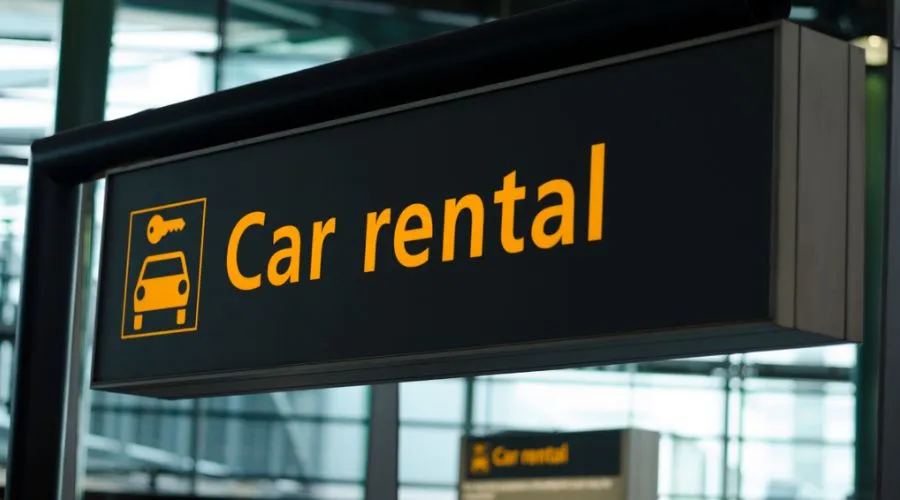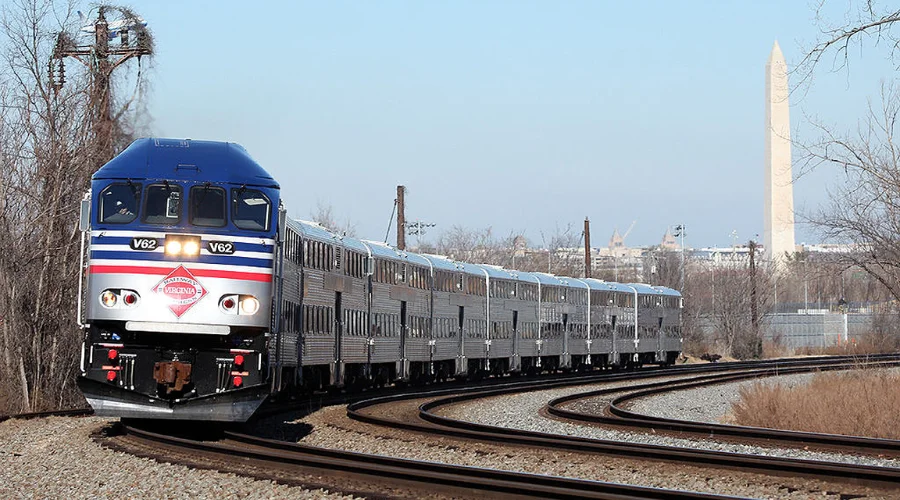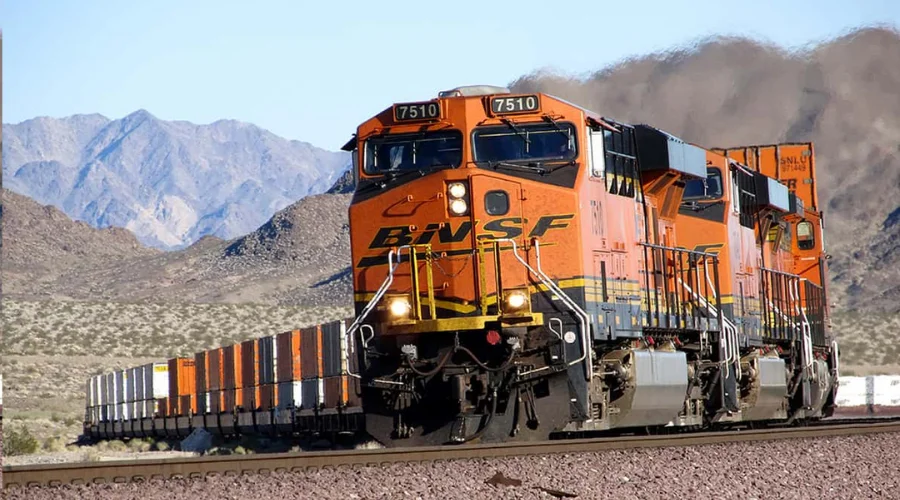
In the ever-evolving landscape of transportation, rail infrastructure stands as a testament to both historical significance and modern ingenuity. From the steam locomotives of the 19th century to the high-speed trains of today, rail systems have played a pivotal role in shaping the way we connect cities, countries, and continents. This blog delves into the multifaceted world of rail infrastructure, exploring its historical roots, contemporary developments, and the sustainable future it promises.
1. The Evolution of Rail Infrastructure
1.1 The Birth of Railways
The origins of rail infrastructure can be traced back to the early 19th century when the world witnessed the birth of the first public railway in 1804, the Wagonway in England. However, it was the development of George Stephenson’s “Rocket” in 1829 that marked the beginning of a new era in transportation. This steam-powered locomotive paved the way for the rapid expansion of rail networks, connecting cities and enabling the efficient movement of goods and people.
1.2 From Steam to High-Speed Rails
As technology advanced, so did rail infrastructure. The transition from steam to diesel and electric engines brought about faster, more reliable trains. In the mid-20th century, the introduction of high-speed rail became a game-changer. Countries like Japan, France, and Germany pioneered the development of trains capable of reaching unprecedented speeds. The Shinkansen, TGV, and ICE systems set the stage for a global revolution in rail travel.
2. The Crucial Components of Rail Infrastructure
2.1 Tracks and Stations
At the heart of any rail system lie the tracks and stations. Rail tracks are meticulously designed to support the weight of trains, ensuring stability and safety. The layout of tracks determines the efficiency of the system, with strategic junctions and switches facilitating the smooth flow of trains. Equally important are railway stations, serving as hubs for boarding, disembarking, and transferring passengers. Modern stations boast cutting-edge technology, providing amenities that enhance the overall travel experience.
2.2 Rolling Stock: Locomotives and Train Cars
The rolling stock is a critical element of rail infrastructure, encompassing locomotives and train cars. Locomotives, whether powered by diesel or electricity, serve as the driving force behind the entire train. Advances in design and engineering have led to more energy-efficient and environmentally friendly locomotives. Train cars, on the other hand, are tailored to specific needs, from passenger coaches with luxurious amenities to freight cars designed for the secure transportation of goods.
3. Advantages of Rail Infrastructure
3.1 Environmental Sustainability
One of the most compelling reasons to invest in rail infrastructure is its environmental sustainability. Compared to road and air transportation, trains have a significantly lower carbon footprint. Electric trains, in particular, contribute to cleaner air by reducing reliance on fossil fuels. As the world grapples with climate change, the emphasis on sustainable modes of transportation makes rail infrastructure an attractive solution.
3.2 Efficiency and Reliability
Rail transportation excels in efficiency and reliability. Trains adhere to strict schedules, offering passengers a dependable mode of travel. Freight transportation via rail is known for its punctuality and ability to handle large volumes of cargo. The dedicated nature of rail lines ensures minimal interference from other modes of transportation, contributing to a streamlined and predictable system.
3.3 Economic Benefits
Investing in rail infrastructure stimulates economic growth in various ways. The construction and maintenance of rail systems create jobs, while the efficient movement of goods fosters trade and commerce. High-speed rail connections between cities can boost tourism and business activities, enhancing overall connectivity and economic development.
4. Challenges and Innovations in Rail Infrastructure
4.1 Aging Infrastructure
One of the primary challenges facing rail infrastructure globally is the aging of existing systems. Many countries grapple with outdated tracks, stations, and rolling stock, leading to inefficiencies and safety concerns. Addressing this challenge requires substantial investments in modernization and upgrades to ensure the continued viability of rail transportation.
4.2 Technological Advancements
The integration of cutting-edge technologies is pivotal in overcoming the challenges posed by aging infrastructure. The implementation of smart sensors, artificial intelligence, and automation enhances safety, efficiency, and maintenance processes. High-speed rail networks, equipped with the latest signaling and control systems, exemplify the potential of technology in transforming rail transportation into a modern and sustainable mode of travel.
4.3 Funding and Public Perception
Despite its numerous advantages, rail infrastructure often faces hurdles in securing funding and garnering public support. Perceptions of rail travel as outdated or inconvenient persist in some regions, hindering the expansion and improvement of rail networks. Advocacy and education initiatives are essential in reshaping public opinion and garnering the necessary funding for ambitious rail projects.
5. The Future of Rail Infrastructure: A Sustainable Journey Ahead
As the world continues to grapple with the challenges of climate change and urbanization, the future of rail infrastructure holds immense promise. Governments, businesses, and communities are recognizing the need to invest in sustainable transportation solutions, with rail at the forefront.
5.1 High-Speed Rail Networks
The expansion of high-speed rail networks is a key component of the sustainable future of rail infrastructure. Countries around the world are investing in the development of faster, more efficient trains that connect major cities and regions. Reduced travel times not only enhance convenience for passengers but also contribute to a more sustainable mode of transportation.
5.2 Electrification and Green Initiatives
The electrification of rail systems is a crucial step toward reducing dependency on fossil fuels. Electric trains, powered by renewable energy sources, offer a cleaner and more sustainable alternative to traditional diesel locomotives. Additionally, green initiatives such as eco-friendly train stations and sustainable practices in rail construction contribute to minimizing the environmental impact of rail infrastructure.
5.3 Integration with Emerging Technologies
The future of rail infrastructure lies in seamless integration with emerging technologies. Artificial intelligence, the Internet of Things (IoT), and advanced data analytics will play pivotal roles in optimizing rail operations, improving safety, and enhancing the overall passenger experience. Innovations such as magnetic levitation (Maglev) technology are already paving the way for even faster and more efficient rail travel.
6. Conclusion
Rail infrastructure, with its rich history and ongoing evolution, remains a linchpin in the global transportation network. From the early locomotives that connected industrial centers to the high-speed trains that effortlessly traverse continents, rail systems have come a long way. The advantages of rail transportation, including environmental sustainability, efficiency, and economic benefits, position it as a cornerstone for a sustainable future.
As we stand on the cusp of a new era, characterized by technological advancements and a growing awareness of environmental concerns, the investment in and innovation of rail infrastructure are more crucial than ever. Governments, businesses, and communities must collaborate to overcome challenges, embrace new technologies, and chart a course for a future where rail infrastructure continues to be a driving force in shaping the way we connect and move forward.






